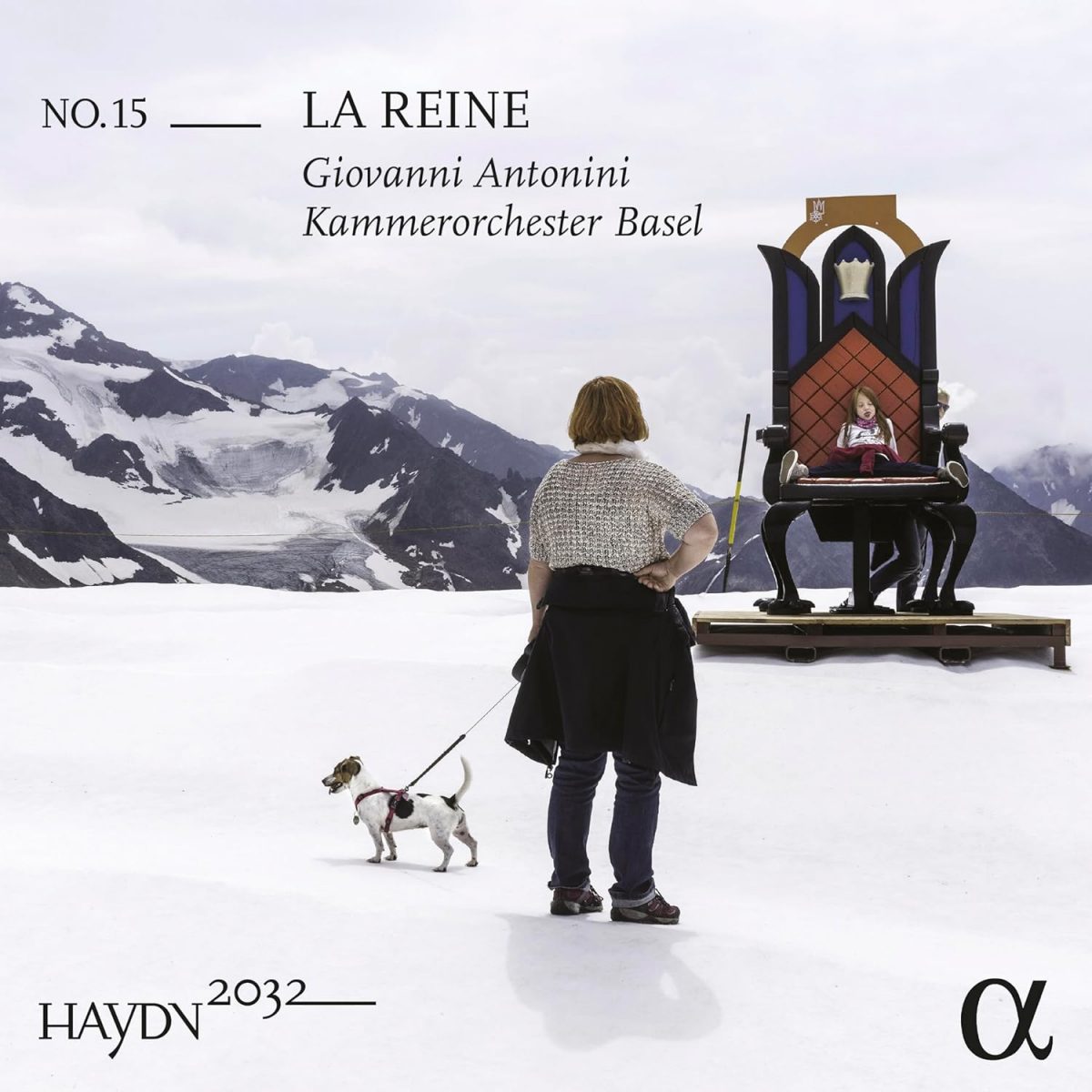Kammerorchester Basel conducted by Giovanni Antonini
66:29
Alpha Classics Alpha 696
Most enthusiasts will by now surely need no introduction to this treasurable series of the complete Haydn symphonies, a project planned to reach completion by 2032, thus marking the 300th anniversary of the composer’s birth. For those that might be making their first acquaintance with the series, the recordings are divided between the Kammerorchester Basel and Giovanni Antonini’s own Il Giardino Armonico and is intended to eventually include Haydn’s entire symphonic output.
From the outset, the performances have been marked by a rare and felicitous combination of strongly incisive playing of diamantine clarity combined with warm sensitivity. In the present set of performances one need only, for example, bring to mind the celebratory opening movement of Symphony No 50, with its trumpets and timpani cutting through the texture like a sabre to illustrate the first point, while the delicacy of the light-footed Romance of No. 85 serves ideally as an example of just how sensitive and elegant Antonini’s direction can be.
The symphonies on the present CD most obviously have in common that all three have a slow introduction, but there are more subtle links, too. The earliest is No 50 in C, a fully scored work with a pair of trumpets and timpani dating from 1773. Its first two movements are believed to have originally formed part of the now-lost incidental music for Der Götterrath, which forms the prologue to Philemon und Baucis, first given in the marionette theatre at Esterháza for the Empress Maria Theresa. The Andante moderato (ii) is notable for its richly warm colouring – here beautifully captured – with obbligato cello doubling the melodic line, while the Minuet brings back the trumpets and drums for one of those dance movements you find it difficult to imagine being actually danced. Symphony No 62 in D probably owes its existence to a familiar modern problem – building works overrunning their completion date. In this case, it was the new theatre at Esterháza that opened in 1780 on St Theresa’s Day, the name day of the empress. It had been intended to open with Haydn’s new La fedelta premiata but the elaborate stage machinery not having been installed it was replaced with a play. In order that his Kapellmeister should still be represented, Prince Nicolaus apparently asked Haydn for a new symphony. Haydn obliged with the present hybrid work, one with a history too complex to go into here. Suffice it to say the unusual Allegretto that forms its second movement is a remarkably individual passage that proceeds into curiously mysterious territory.
Much the best known of these symphonies is No. 85 in B flat, one of the six so-called ‘Paris Symphonies’ (no’s 82-87) probably written in 1785 as a commission from the famous Concert de la Loge Olympique. It acquired its nickname ‘La Reine’ very early on, a reference often mistakenly attributed to Maria Theresa, but in fact referring to her daughter Marie Antoinette, who had become Queen of France in 1774. The opening Adagio – Vivace provides a perfect example of the supreme merits of the mix of robust energy and lyricism Antonini brings to his Haydn, the lovely cantabile oboe solo that dominates the secondary idea here splendidly played. And there could be no better illustration of the deliciously featherweight lightness of touch he obtains from his players than the opening of the Presto finale before it bursts into forceful operatic drama to carry the symphony surging to its conclusion.
This is quite simply another splendid addition to a series at present bidding fair to be the set of Haydn symphonies.
Brian Robins
